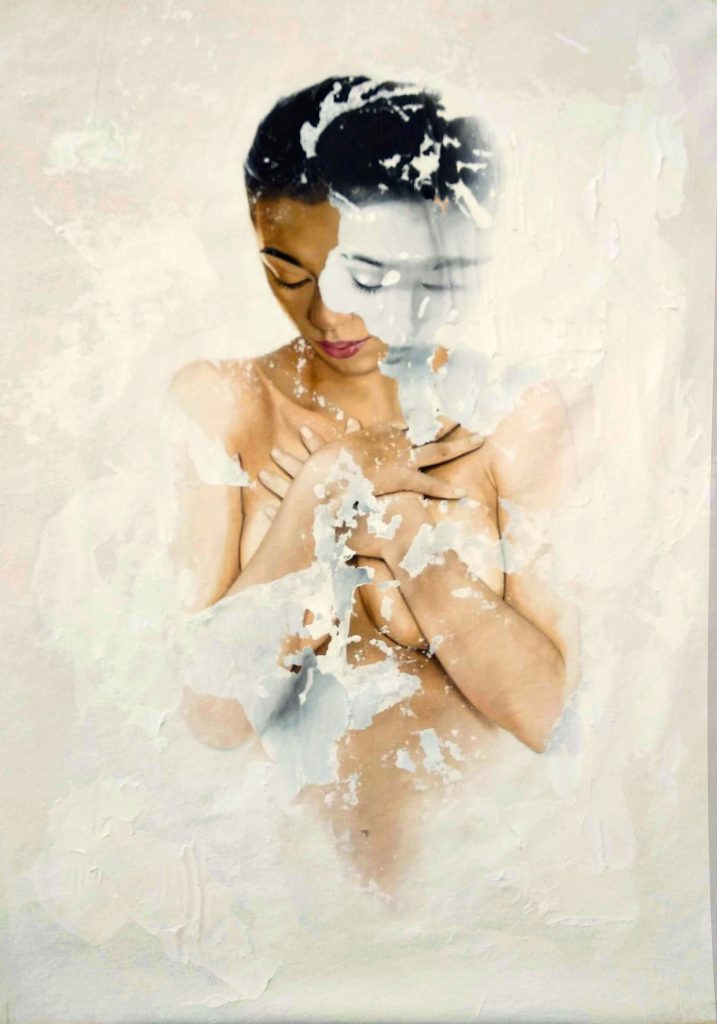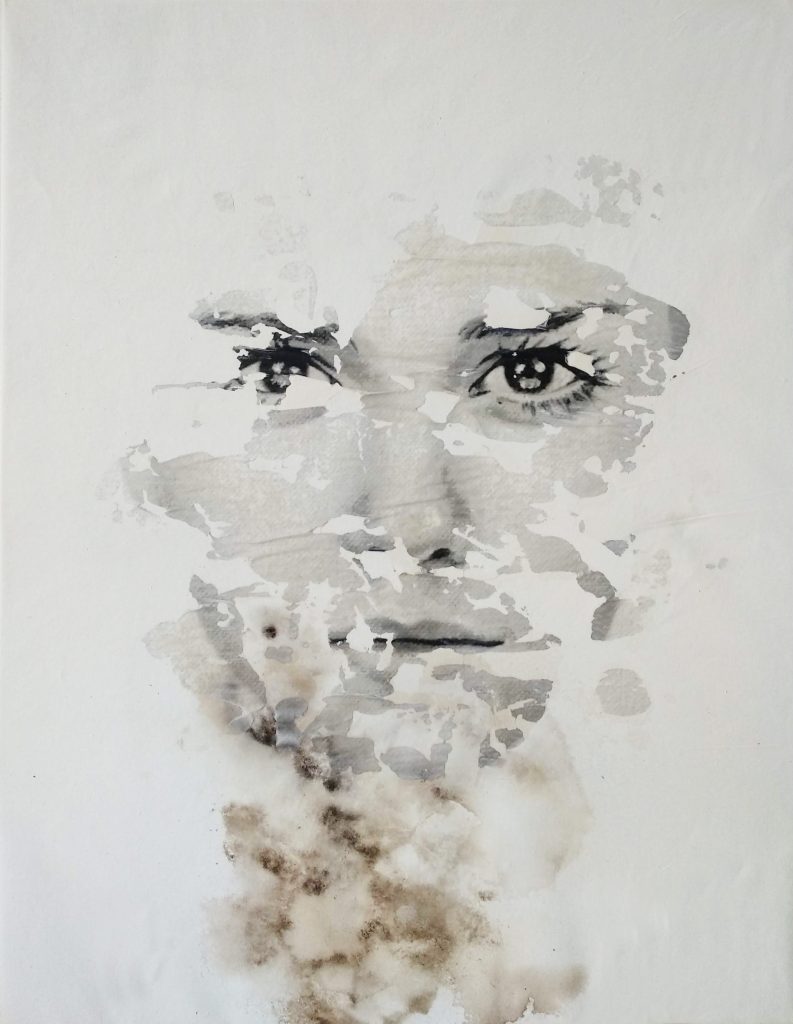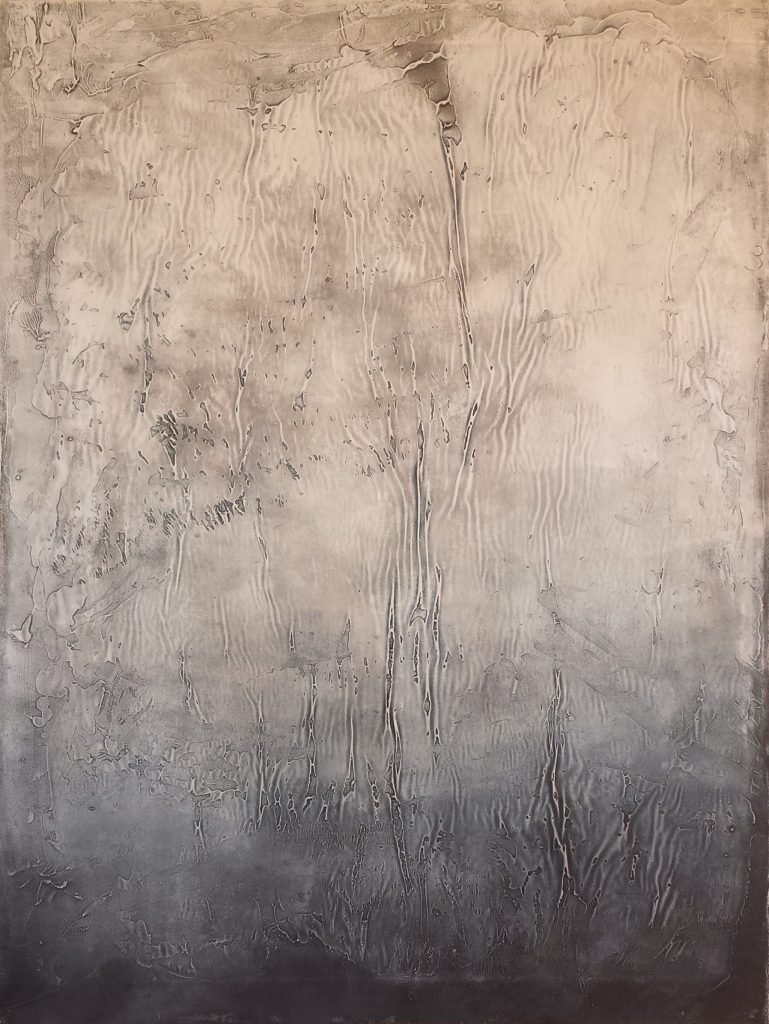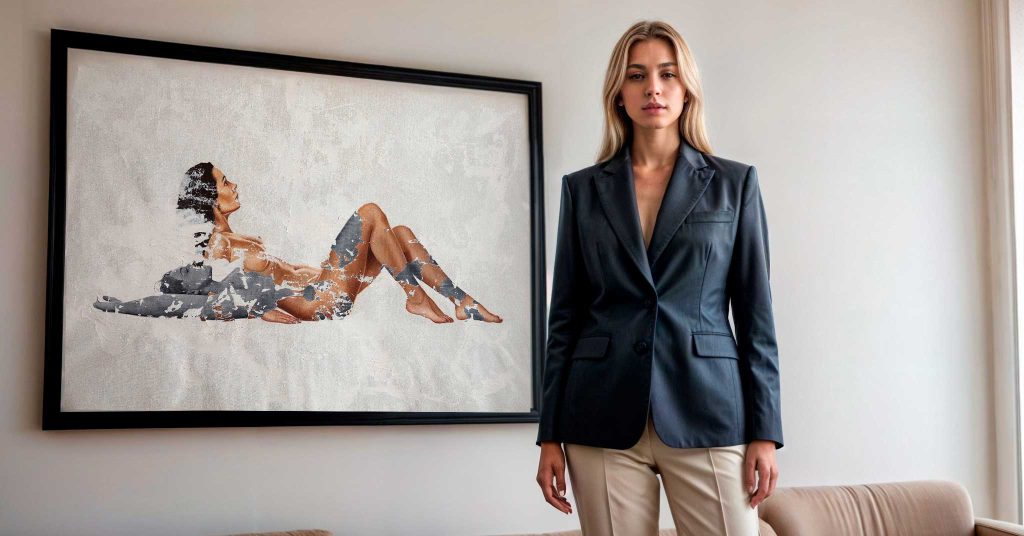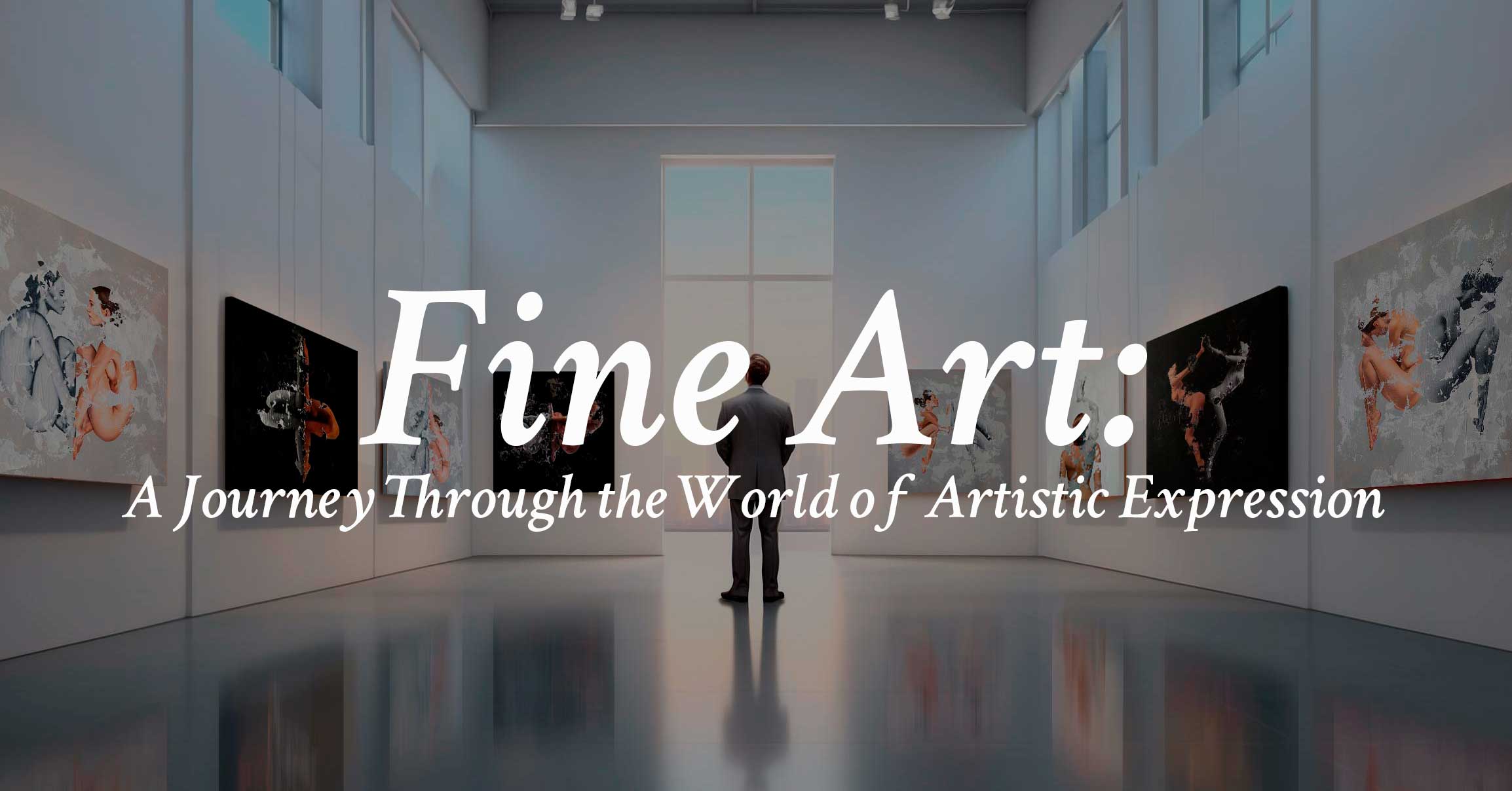
- Introduction
- Exploring Modern Fine Artwork
- The Beauty of Contemporary Fine Artwork and Art Trends
- Understanding Abstract Fine Artwork
- Exploring Original Fine Artwork
- Finding Fine Artwork for Sale
- Exploring Fine Artwork Galleries
- The Allure of Fine Artwork Prints
- Exploring Fine Artwork Online
- Building Your Fine Artwork Collection
- Conclusion
- FAQ
Introduction
Welcome to our comprehensive guide to understanding and appreciating fine artwork. Art is a universal language that transcends time and culture, and fine artwork is a particularly exquisite form of expression that has captivated audiences for centuries. From the intricate details of Renaissance paintings to the bold brushstrokes of contemporary pieces, fine artwork offers a unique window into the human experience.
In this section, we will explore the concept of fine art and its importance in the world of art appreciation. We will delve into various art styles and their historical significance, providing you with a deep understanding of the beauty and significance of fine artwork.
Key Takeaways:
- Fine artwork is a unique form of expression that has been appreciated for centuries.
- Understanding the historical significance of different art styles is key to appreciating fine artwork.
- Through art, we gain a deeper understanding of the human experience.
Exploring Modern Fine Artwork
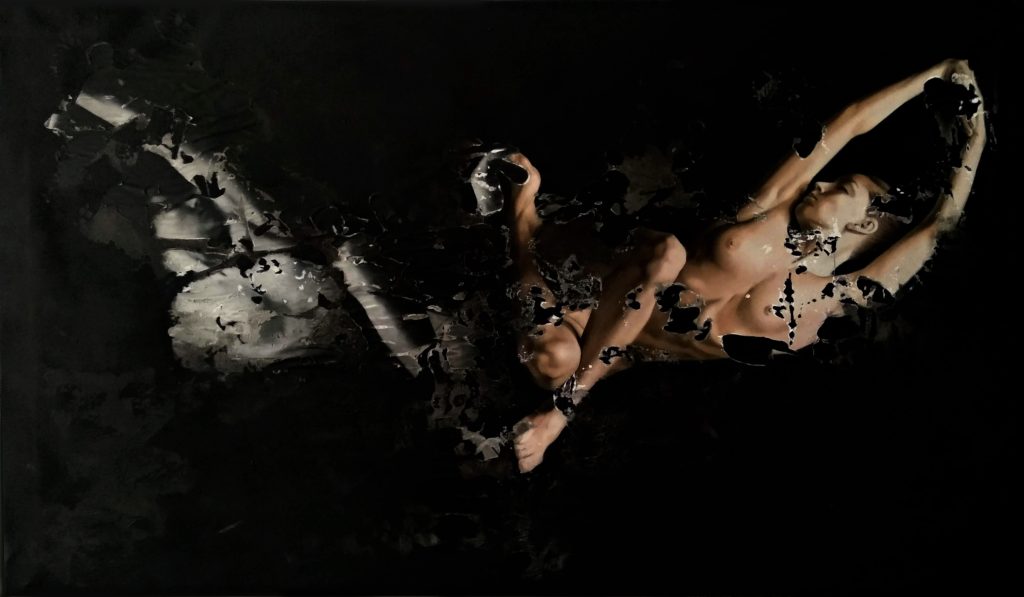

Modern fine artwork is a fascinating genre that emerged in the late 19th century and continues to evolve today. This art style is known for its tendency to portray the world in a way that challenges traditional norms and values.
There are various art styles that fall under the umbrella of modern fine artwork. Each style has its own unique characteristics that set it apart from others, making it an exciting genre to explore. Some of the most notable art styles in modern fine art include:
| Art Style | Description |
| Cubism | A style of art that portrays the subject from multiple viewpoints, using geometric shapes to create a fragmented effect. |
| Expressionism | Focused on expressing emotion and feelings rather than depicting the physical world accurately. |
| Surrealism | An art style that explores the subconscious mind, often featuring dreamlike imagery and unexpected combinations of objects. |
| Pop Art | A style that draws inspiration from popular culture and mass media, often featuring bright colors, bold lines, and recognizable images. |
Leading artists in modern fine artwork include Pablo Picasso and Salvador Dali, who helped pave the way for modernism. Other notable artists include Georgia O’Keeffe, Jackson Pollock, and Andy Warhol, whose unique styles continue to inspire new generations of artists.
The Evolution of Art Styles
One of the intriguing aspects of modern fine art is its evolution over time. Art styles have emerged and evolved based on cultural and historical events, reflecting the changing times and values of society. For example, expressionism emerged in the early 20th century as artists sought to express their strong feelings in response to World War I.
Modern art styles have also been influenced by advancements in technology, such as the development of photography and film. This led to a shift away from traditional representational art towards abstract and non-representational styles, which focused more on emotional expression and experimentation.
Despite the diverse range of styles in modern fine artwork, they all share a common goal: to push the boundaries of what art can be and challenge our perceptions of the world around us.
The Beauty of Contemporary Fine Artwork and Art Trends
In the world of fine art, contemporary artwork represents current artistic practices and styles. It is the art created in the present time and reflects the latest trends, techniques, and mediums used by modern artists. Contemporary artwork aims to challenge traditional beliefs and notions of art and offers a unique perspective on the world around us.
Contemporary fine artwork encompasses a wide range of styles and mediums, from painting and sculpture to digital art and installation art. One of the significant trends in contemporary art is the use of technology, which has opened up new avenues of artistic expression and experimentation.
| Contemporary Art Trends | Examples |
| Abstract Art | Mark Rothko, Yayoi Kusama |
| Installation Art | Christo and Jeanne-Claude, Olafur Eliasson |
| Street Art | Banksy, Shepard Fairey |
| Figurative Art | Kerry James Marshall, Jenny Saville |
| Conceptual Art | Marcel Duchamp, Damien Hirst |
Contemporary fine artwork also often reflects current social and political issues, giving artists a platform to express their thoughts and beliefs. This unification of art and society creates an ongoing dialogue on important topics and showcases the power of art to bring about change.
Moreover, contemporary fine art offers new opportunities for collectors to invest in emerging artists and acquire unique and valuable pieces. As the world of art evolves and progresses, contemporary artwork plays a critical role in shaping the future of art and society.
Understanding Abstract Fine Artwork
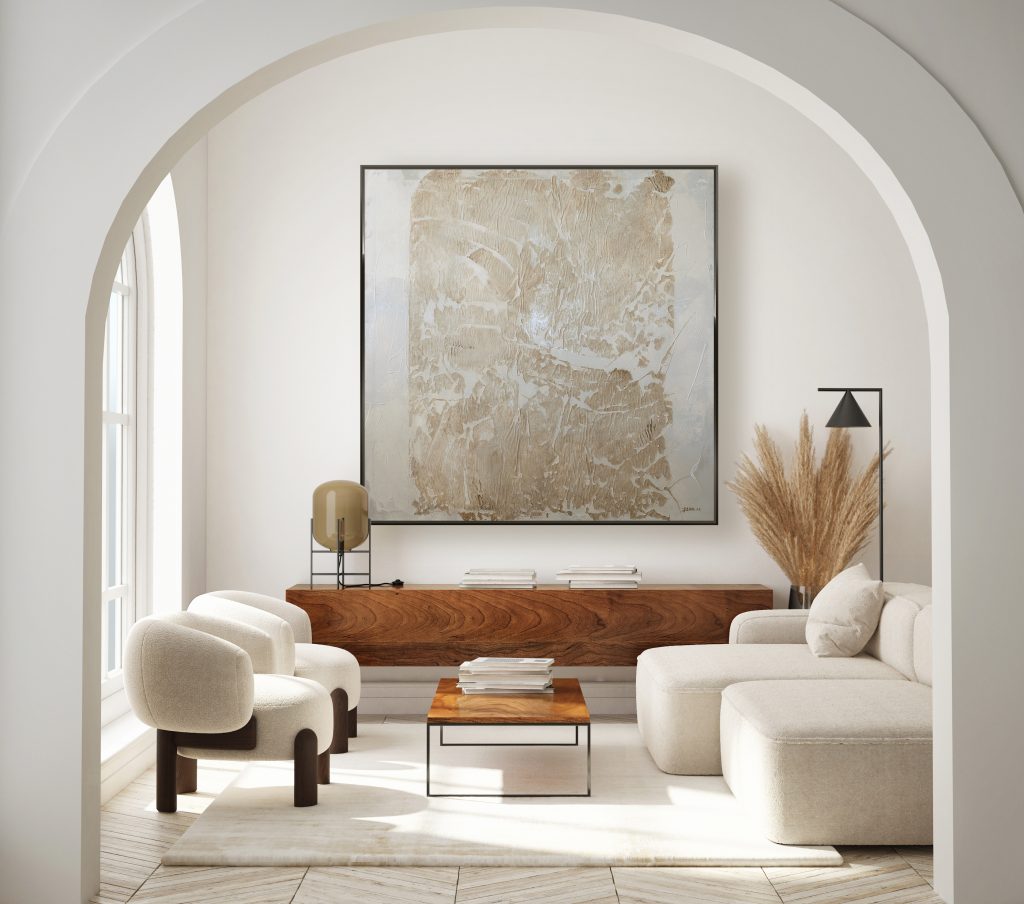

Abstract fine artwork is a unique expression of artistic creativity that focuses on form, color, and texture rather than on recognizable subjects. Unlike traditional artwork, abstract art seeks to evoke emotions and stir the viewer’s imagination through visual language. In this section, we will explore how artists use abstract art to express their innermost thoughts and feelings.
The Artistic Expression of Abstract Fine Artwork
In abstract art, the artist’s expression is not limited by the need to represent a recognizable object or scene. Instead, they use shapes, lines, and colors to create a composition that evokes a particular emotion or feeling. This allows the artist to convey a message or idea that may be difficult or impossible to express through words.
The use of color is especially important in abstract art. Different colors can evoke different emotions, and artists often use color combinations to create a specific mood or feeling. For example, warm colors like red, orange, and yellow can create a sense of energy and excitement, while cool colors like blue and green can evoke a feeling of calm and tranquility.
Famous Abstract Fine Artwork Artists
| Artist | Famous Artwork |
| Jackson Pollock | Number 1A, 1948 |
| Wassily Kandinsky | Composition VIII |
| Piet Mondrian | Composition II in Red, Blue, and Yellow |
Jackson Pollock is one of the most famous abstract artists of the 20th century. His drip paintings, which he created by pouring and dripping paint onto a canvas laid on the floor, are a prime example of abstract expressionism. Wassily Kandinsky is another notable abstract artist known for his use of vibrant colors and geometric shapes. Piet Mondrian is famous for his use of primary colors and his grid-like compositions that explore the relationship between color and form.
The Beauty of Abstract Fine Artwork
Abstract fine artwork offers the viewer a unique visual experience that can be appreciated on many levels. At first glance, the composition may appear chaotic or disordered, but upon closer inspection, the viewer can discover a hidden structure and meaning. This sense of discovery is what makes abstract art so appealing to many people.
Additionally, abstract art can be interpreted in many different ways, depending on the viewer’s personal experiences and emotions. This makes it a highly personal and subjective form of artistic expression that can evoke a wide range of emotions and feelings.
“Abstract art places a new world, which on the surface has nothing to do with ‘reality,’ next to the ‘real’ world.”
Exploring Original Fine Artwork
Original fine artwork is a treasure to behold, with each piece having a unique story to tell. The authenticity of an artwork is crucial as it offers insight into the artist’s work, style, and creativity.
Art authenticity is determined by several factors, including the artist’s signature, the age of the artwork, and the materials used in its creation. The value of original fine artwork increases with its age, rarity, and historical significance.
| Factors affecting art authenticity: | Description: |
| Artist’s signature | The artist’s signature is a crucial factor in determining an artwork’s authenticity. A signature provides proof that the artist created the artwork. |
| Age of artwork | The age of an artwork is essential in determining its authenticity. The older the artwork, the more valuable it is. |
| Materials used | The materials used in creating an artwork can also affect its authenticity. For example, some artists use specific types of paper, canvas, or paint, which can help to identify their work. |
Original fine artwork is a valuable investment, providing not only aesthetic pleasure but also a potential financial return. Collectors can enjoy the beauty of their collection while knowing that their investment is secure.
When purchasing original fine artworks, it is important to ensure its authenticity. Look for reputable dealers and authenticate the artwork by a trusted authority. With original fine artwork, you can own a piece of history and support the artists who create them.
Finding Fine Artwork for Sale
Looking to add some fine artwork to your collection? The art market offers endless options for finding unique pieces that suit your tastes and preferences.
Exploring Galleries
Art galleries are a popular choice for finding fine artwork for sale. These curated spaces offer a diverse range of artists and styles, providing a one-of-a-kind experience that highlights the beauty of each piece. Many galleries also offer art consultation services to help you find the perfect piece for your home or office.
Navigating the Art Market
The art market can be complex and overwhelming, but with a little research, you can make informed decisions when purchasing fine artworks. Consider attending art fairs or auctions to gain insights into the current trends and prices of fine art. Online platforms such as Artsy, Saatchi Art, and Artfinder offer a wide selection of pieces from around the world, making it easier than ever to find the perfect addition to your collection.
Investing in Fine Artwork
Fine artwork can be a valuable investment for the future, with prices for certain pieces increasing over time. However, it’s important to do your research and understand the risks before making a purchase. Consider factors such as the artist’s reputation, the rarity of the piece, and the condition of the artwork before investing in fine art.
Key Takeaways
- Art galleries offer a curated and unique experience for finding fine artwork for sale
- Research the art market and attend events to gain insights into current trends and prices
- Fine artwork can be a valuable investment, but it’s important to do your research and understand the risks
Exploring Fine Artwork Galleries
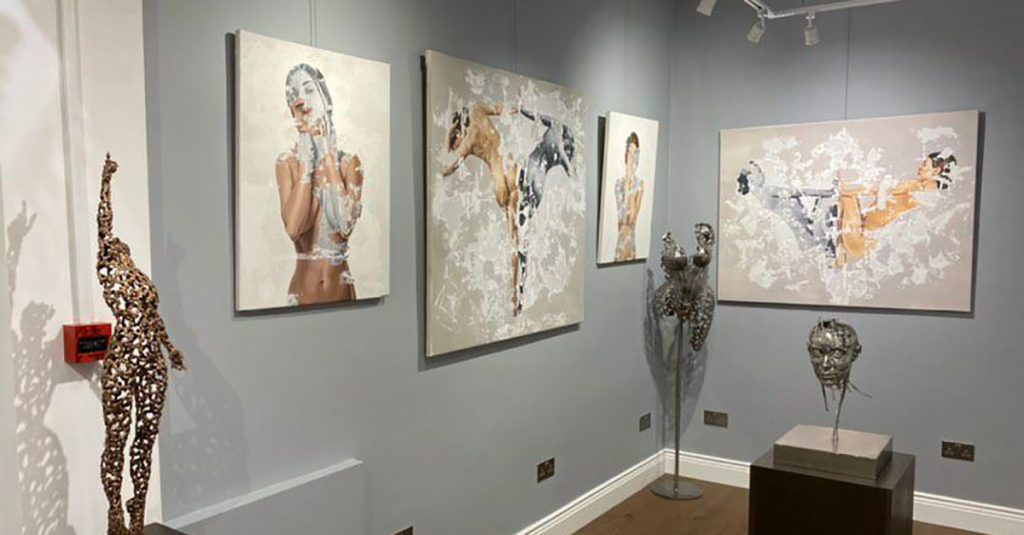

Fine artwork galleries play an essential role in showcasing the talents of established and emerging artists. These spaces provide a platform for artists to exhibit their work and for art enthusiasts to experience and appreciate their creations.
What to Expect in Fine Artwork Galleries
Fine artwork galleries are curated spaces that showcase a variety of art styles and mediums. They often feature exhibitions that focus on a specific artist or theme, providing a unique and immersive experience for visitors.
“Walking into a fine art gallery is like entering a new world. The carefully curated displays and the vibrant energy of the art on the walls are truly captivating.”
When visiting a gallery, expect to see a range of art styles, from traditional to contemporary, and everything in between. Paintings, sculptures, photography, and mixed-media installations are just a few examples of the types of artwork you might encounter.
Benefits of Visiting Fine Artwork Galleries
Visiting fine artwork galleries provides numerous benefits. Firstly, it allows you to experience art in a curated setting that provides context and meaning to the artwork. Secondly, it offers a unique opportunity to see different styles of art and gain insights into the creative process.
Furthermore, visiting galleries is an excellent way to connect with the local art community and to support artists by purchasing their work. It also provides a chance to meet and engage with other art enthusiasts and to expand your knowledge and appreciation of fine artwork.
How to Find Fine Artwork Galleries
Fine artwork galleries can be found in major cities all over the world. Some of the most renowned galleries are located in New York City, Paris, and London. However, galleries can be found in smaller cities and towns as well.
Here are some tips for finding fine artwork galleries:
- Research galleries online or in local art guides and newspapers.
- Attend art fairs and exhibitions where galleries are often represented.
- Join a local art group or organization that can provide information about galleries in your area.
Final Thoughts
Visiting fine artwork galleries is a rewarding experience that can enrich your understanding and appreciation of art. Whether you are an art enthusiast or a casual observer, exploring galleries is an excellent way to connect with the local art community and to support artists.
The Allure of Fine Artwork Prints
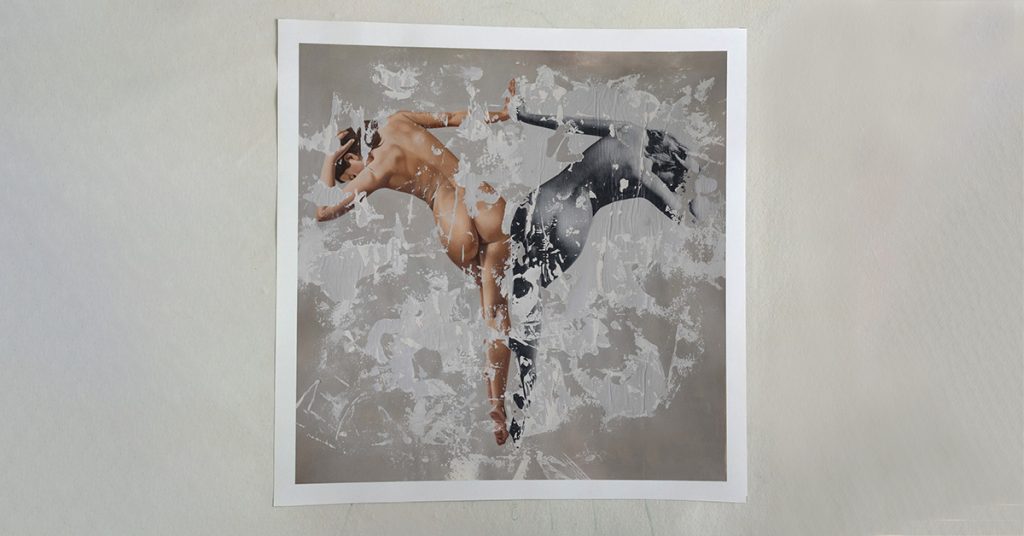

While owning original artwork is a dream for many, fine artwork prints offer an accessible alternative for those who want to enjoy the beauty of art in their homes. Fine artwork prints are high-quality reproductions of original art, created using advanced techniques to capture every detail of the original artwork.
Fine artwork prints allow art enthusiasts to:
- Enjoy the beauty of art without the high cost of originals
- Own reproductions of famous artworks that would otherwise be out of reach
- Decorate their homes with beautiful and meaningful art
Art reproduction techniques have come a long way, and today’s fine artwork prints are virtually indistinguishable from the originals, capturing every brushstroke and color nuance. Different printing methods are used, including inkjet, giclee, and lithography, each with its unique characteristics and advantages.
When looking for fine artwork prints, consider the following:
| Printing Method | Advantages |
| Inkjet | High-quality prints with vibrant colors, suitable for reproducing digital artwork |
| Giclee | Uses high-quality archival inks and papers, producing prints that can last for decades without fading |
| Lithography | Uses a process of drawing on a stone surface, producing prints with a unique, hand-drawn quality |
Fine artwork prints come in various sizes, paper types, and finishes, allowing for customization to fit any space and style. They can be framed or mounted, giving them a finished look that matches any decor.
“Fine artwork prints provide an affordable way to own and enjoy beautiful art that can transform any space.”
Whether you’re a seasoned art collector or a casual enthusiast, fine artwork prints offer a fantastic way to enjoy the beauty of art in your home. With advanced printing techniques and high-quality materials, these prints are an accessible and luxurious alternative to owning original artwork.
Exploring Fine Artwork Online
The internet has revolutionized the way we experience art, making it more accessible than ever before. With just a few clicks, you can now explore virtual galleries, view digital exhibitions, and purchase fine artwork online.
One of the biggest advantages of experiencing fine artwork online is the convenience it offers. You can view and collect art from the comfort of your own home, without the need to physically visit galleries or art fairs. This is especially beneficial for those who live in areas with limited access to art exhibitions or for those who have mobility issues.
Another advantage is the vast selection of artwork available. Online platforms offer a wide range of styles, genres, and artists, allowing you to explore and discover new art at your leisure. It’s easy to browse and compare pieces, making it easier to find artwork that fits your specific tastes and budget.
Virtual art experiences also offer unique ways to interact with fine artwork. Some platforms offer 360-degree views of artwork, allowing you to see the piece from all angles. Others offer augmented reality (AR) features, allowing you to visualize what an artwork would look like in your own living space.
Virtual Galleries
Virtual galleries are online spaces where you can explore and view artwork from different artists and galleries. Some galleries offer virtual exhibitions, allowing you to experience the artwork in a curated setting. Virtual galleries also offer a unique opportunity to interact with artists and discuss their work in real-time.
Online Platforms
Online platforms such as Artsy and Saatchi Art offer a vast selection of fine artworks for sale. These platforms offer detailed information about each piece, including the artist’s biography, the artwork’s history, and the materials used. They also provide tools to help you visualize the artwork in your own space and to make informed purchasing decisions.
Digital Exhibitions
Digital exhibitions are online displays of artwork from specific galleries or collections. These exhibitions offer a unique opportunity to explore a specific theme or genre of art. They also allow you to view artwork that may not be on display in a physical exhibition.
Overall, experiencing fine artwork online offers many advantages and opportunities for art enthusiasts to explore and discover new artwork from the comfort of their own homes. With the vast selection of online platforms and virtual galleries available, there has never been a better time to start your art collection or to expand your existing one.
Building Your Fine Artwork Collection
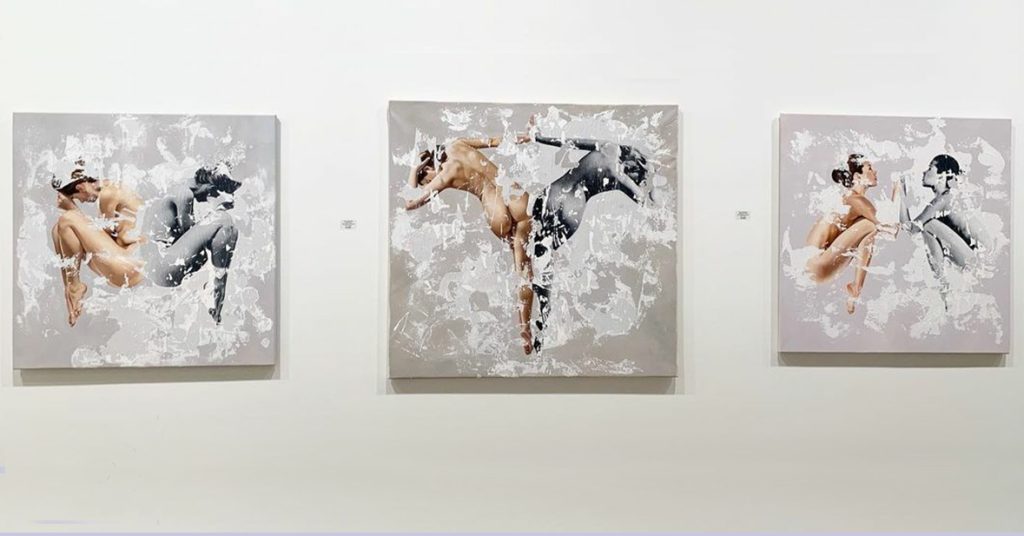

Curating a fine artwork collection can be a rewarding and enriching experience. Not only does it decorate your home with beautiful and unique pieces, but it can also be a valuable investment in the art world. In this section, we will guide you through the process of building your fine art collection and exploring the world of art investment.
Know Your Tastes and Preferences
The first step in building your fine artwork collection is to determine your personal tastes and preferences. Take the time to explore different art styles and periods, attending exhibitions and visiting galleries. Consider what types of artwork connect with you emotionally, intellectually, or aesthetically. By identifying your preferences, you can build a collection that reflects your unique interests and personality.
Do Your Research
When investing in fine artwork, it’s important to do your research and understand the value and potential of the pieces you are considering. Explore the market and learn about the artists, their backgrounds, and their contributions to the art world. Research the history and significance of their work, and consider factors such as rarity, condition, and provenance.
Set a Budget
Building a fine art collection can be an expensive endeavor, so it’s important to set a realistic budget. Consider factors such as the cost of the artwork, framing, and maintenance. It’s important to invest in pieces that you truly value and appreciate, rather than just buying what’s popular or trendy. As with any investment, it’s important to balance risk and reward, and avoid overspending or stretching your budget too thin.
Consider Art Investment Platforms
There are now many art investment platforms available that make it easier to invest in fine art. These platforms allow you to buy fractional shares of artwork, providing access to valuable pieces that may be otherwise unaffordable. However, it’s important to do your research and understand the risks and fees associated with these platforms.
Display Your Collection with Care
Once you’ve started building your fine artwork collection, it’s important to display your pieces with care and attention. Consider factors such as lighting, temperature, and humidity, and avoid exposing your artwork to direct sunlight or other damaging conditions. Invest in high-quality framing and display options, and consider rotating your pieces periodically to keep your collection fresh and engaging.
Conclusion
Throughout this guide, we have explored the beauty and significance of fine art and its role in art appreciation, starting by understanding the concept of fine artwork and various art styles and their historical significance.
We then dove into the realm of modern and contemporary fine artwork and explored how it has evolved over time with new art trends and techniques. We also gained insights into the expressive power of abstract fine artwork and why original pieces hold significant value.
Furthermore, we learned how to find fine artworks for sale through galleries and online platforms and how to appreciate art in a gallery setting. We also explored the world of fine art prints and their accessibility to art enthusiasts.
As we concluded, we explored the potential value and investment aspects of collecting fine artworks and how to curate a collection that reflects your taste and preference.
Art appreciation is a continuous journey of exploration and delight, and we hope that through this guide, we have inspired you to discover and appreciate fine art in all its beauty and significance.
FAQ
What is fine artwork?
Fine artwork refers to artistic creations that are considered to be of high aesthetic value and skill. It includes various art forms such as painting, sculpture, photography, and more.
Why is art appreciation important?
Art appreciation allows us to experience and connect with the creativity, emotions, and ideas expressed by artists. It enhances our understanding of different cultures and perspectives, fostering personal growth and enriching our lives.
What are some popular art styles in modern fine artwork?
Some popular art styles in modern fine artwork include impressionism, cubism, abstract expressionism, pop art, and surrealism. Each style represents a unique artistic approach and has its own distinct characteristics and influences.
Who are some notable artists in modern fine artwork?
Notable artists in modern fine artwork include Pablo Picasso, Vincent van Gogh, Salvador Dalí, Frida Kahlo, and Jackson Pollock. These artists made significant contributions to the development and evolution of modern art.
What are the latest trends in contemporary fine artwork?
Contemporary fine artwork encompasses a wide range of styles and techniques. Some current trends include the use of mixed media, installation art, digital art, and conceptual art. Artists often explore themes such as identity, social issues, and environmental concerns.
What is the significance of owning original fine artwork?
Owning original fine artwork provides a unique and authentic connection to the artist’s creativity. Original pieces hold rarity and individuality, often increasing in value over time. They also support artists financially and encourage their artistic endeavors.

